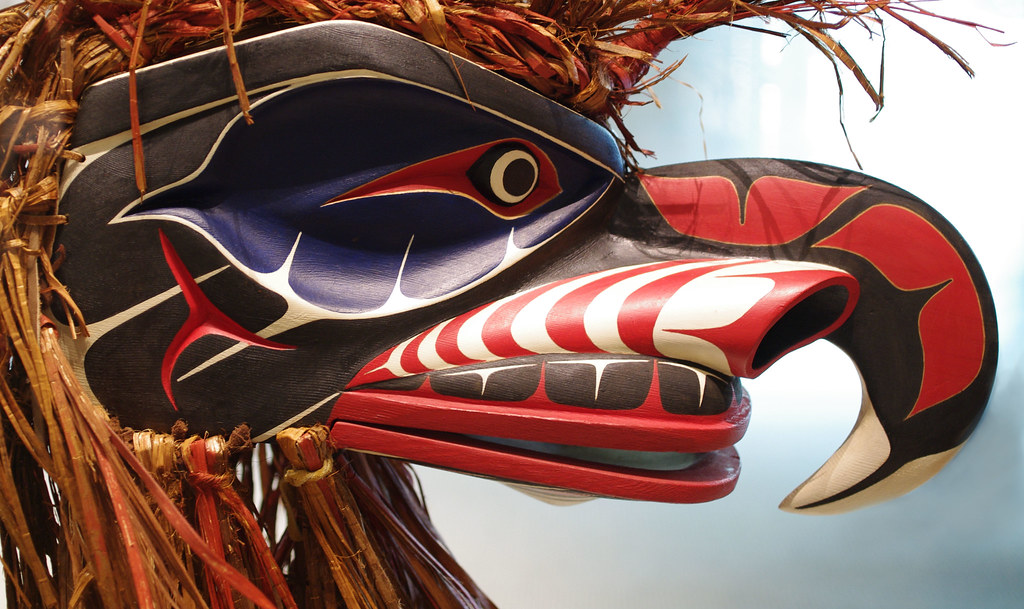#Museum of Anthropology
Text

Blue Heron
John Velten
100 notes
·
View notes
Text
For a belated #InternationalChessDay:

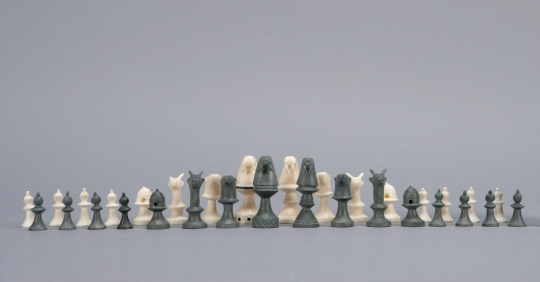
Chess set made by Inuit artist Pacome Qulaut, 1960
slate & walrus tusk
Museum of Anthropology
In each colour there are: 1 large walrus figure w/diamonds around base of pedestal (white piece has inlaid black stone in a band around top of pedestal & at centre of each diamond around base); 1 smaller walrus with bands around base of pedestal; 2 bears; 2 deer; 2 igloos; and 8 birds. All of the figures are at the top of a pedestal base.
#animals in art#Inuit art#Indigenous art#First Nations art#Native American art#Pacome Qulaut#modern art#20th century art#1960s#chess#chess set#game pieces#slate#walrus tusk#ivory#Museum of Anthropology#International Chess Day
184 notes
·
View notes
Text

Totem pole, Museum of Anthropology, University of British Columbia, Vancouver, 2000.
#museum#totem#museum of anthropology#university of british columbia#vancouver#british columbia#canada#2000#photographers on tumblr#pnw#pacific northwest
47 notes
·
View notes
Video
Salish ceremonial mask by Imran Hayat
Via Flickr:
I loved all the beautiful masks that are on display at the UBC Museum of Anthropology.
5 notes
·
View notes
Text

2,300-Year-Old Plush Bird from the Altai Mountains of Siberia (c.400-300 BCE): crafted with a felt body and reindeer-fur stuffing, all of which remains intact
This artifact was sealed within the frozen barrows of Pazyryk, Siberia, for more than two millennia, where a unique microclimate enabled it to be preserved. The permafrost ice lense formation that runs below the barrows provided an insulating layer, preventing the soil from heating during the summer and allowing it to quickly freeze during the winter; these conditions produced a separate microclimate within the stone walls of the barrows themselves, thereby aiding in the preservation of the artifacts inside.
This is just one of the many well-preserved artifacts that have been found at Pazyryk. These artifacts are attributed to the Scythian/Altaic cultures.
Currently housed at the Hermitage Museum.
#archaeology#anthropology#history#artifact#artifacts#siberia#scythians#archeology#museum#amazing#interesting#stuffed animals#ancient history#prehistoric#crafting#felt art#art#prehistoric art#hermitage museum#human nature
45K notes
·
View notes
Text
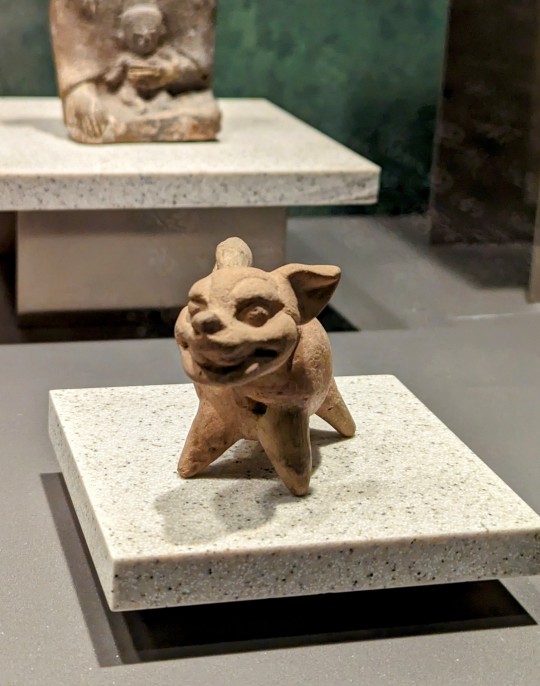
It fucken wimdy
Mexico City's National Anthropology Museum
Mayan civilization
#stai zitta emily#this is all i can see#anthropology#museum of anthropology#museo nacional de antropología
0 notes
Photo

Ok so remember how I said the Smithsonian’s unprecedented decision to repatriate their Benin bronzes was gonna cause ripples? Well, we got a big ol’ ripple here. Even British institutions are dunking on the British Museum and their inability to repatriate anything.
Now, this isn’t set in stone yet. Neither Cambridge nor Oxford is subject to BMA 1963, which is the law that makes it illegal for the British Museum to repatriate anything (other than paper objects too damaged to study). But they are subject to the Charity Commission, which might say that the museums aren’t allowed to give the objects back.
This could very well be a potential stumbling block, although not as much of one as the British Museum faces. It’s really important to pay attention to the fact that even if the British Museum wanted to repatriate anything, they’re simply not allowed to because of the law governing them and because they have a board of directors who actually control what happens to the artifacts in the museum. Since that board is made up of crown and PM-appointed officials, as well as officials elected by people already on that board, it’s pretty ludicrous to think that they’d be willing to campaign against the BMA or even sign off on long-term loans. The Charity Commission is somewhat different. While its most recent head said back in March that he wouldn’t be “dragged into media-led culture wars” but I’m not even sure if he is the current head after... /gestures vaguely at a huge chunk of the British government quitting.
So it’ll be interesting to see where this goes but this is more movement towards repatriation than has ever happened in British museum culture. Keep your eyes open, pals. This is NOT a path I was expecting to see Oxbridge go down.
3K notes
·
View notes
Text
I want to eat pottery sherds 🥺
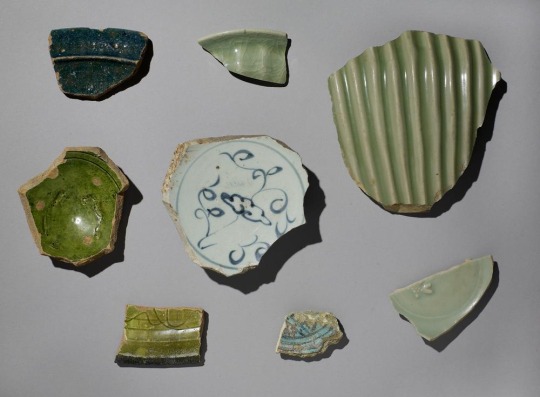
#study archaeology just to get close to beautiful (tasty?) pottery sherds#I just really like all the diff typologies of pottery#not at all inspired by a lab we did in class today#shitpost#archaeology#archaeoblr#anthropology#sea glass also looks tasty#stole the photo from the British Museum's site since they steal everything else..
339 notes
·
View notes
Text
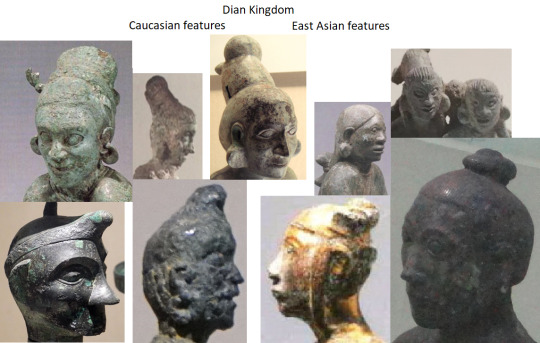

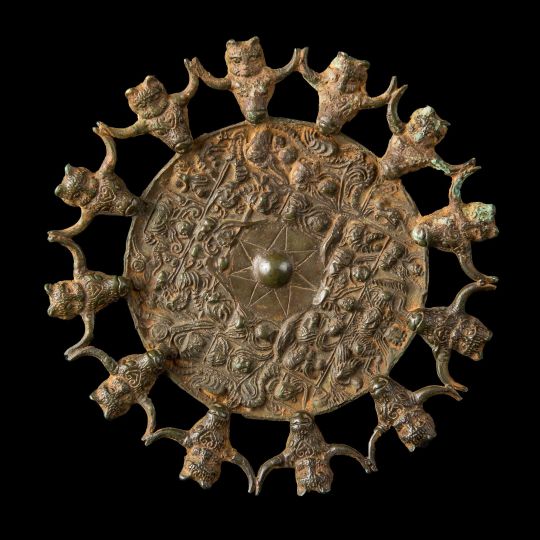
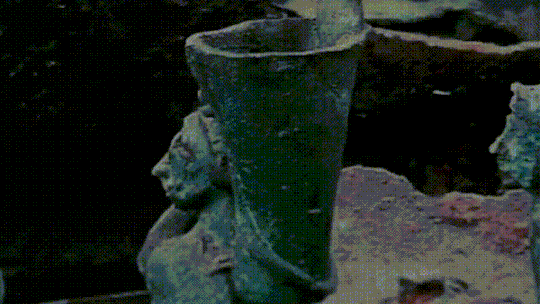

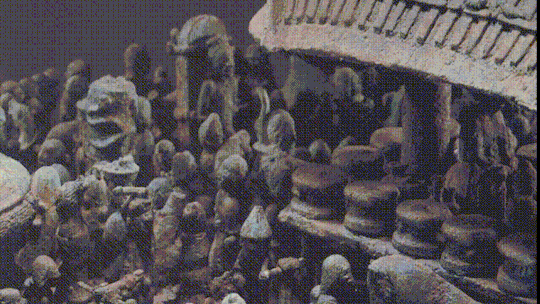

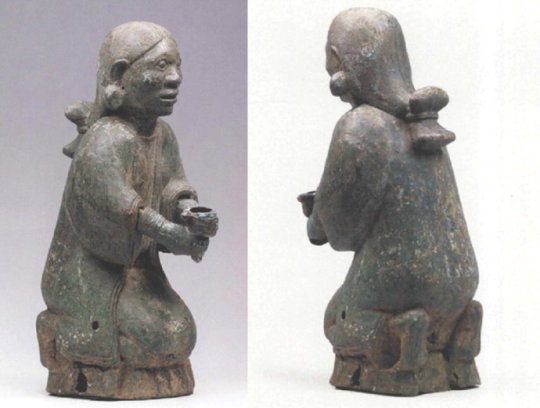

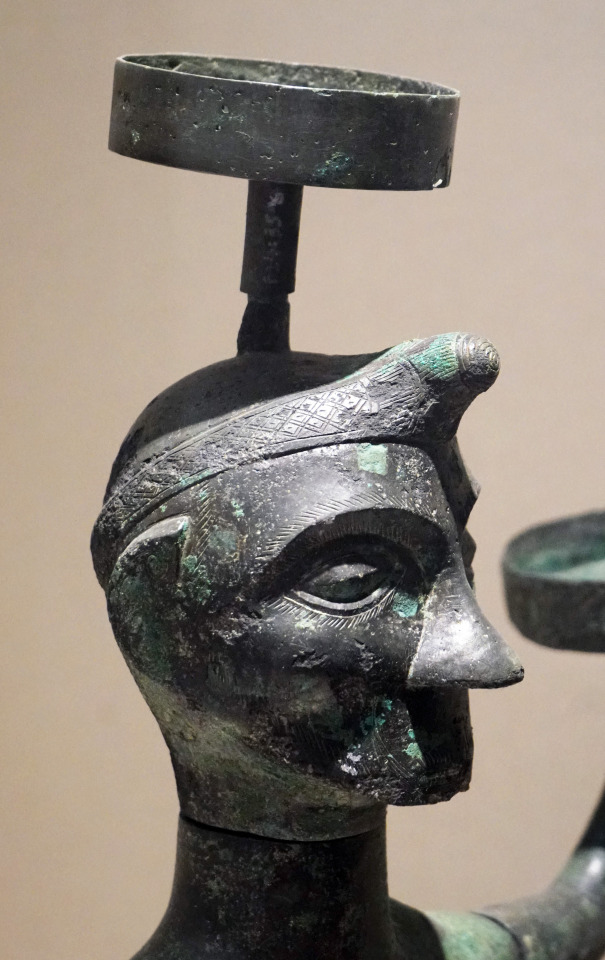

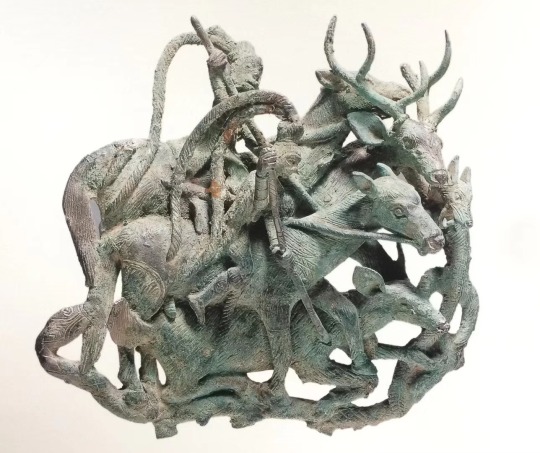





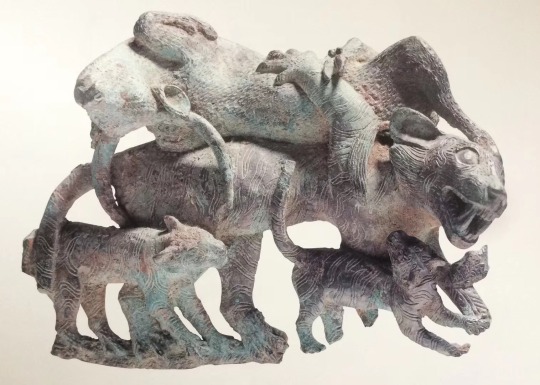

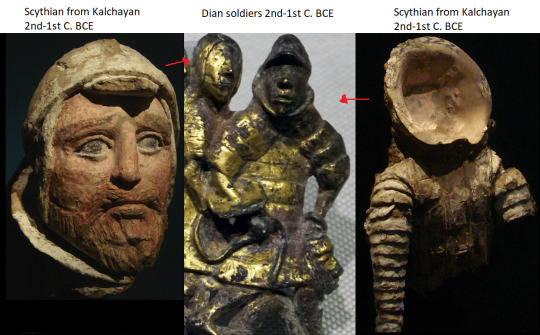
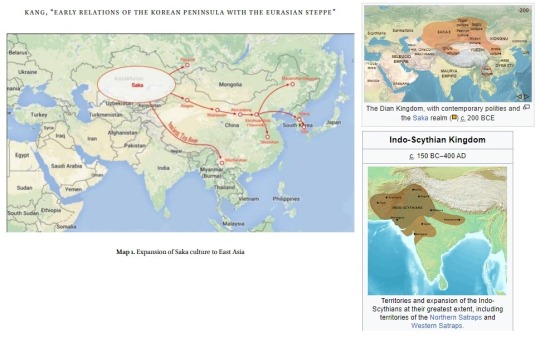


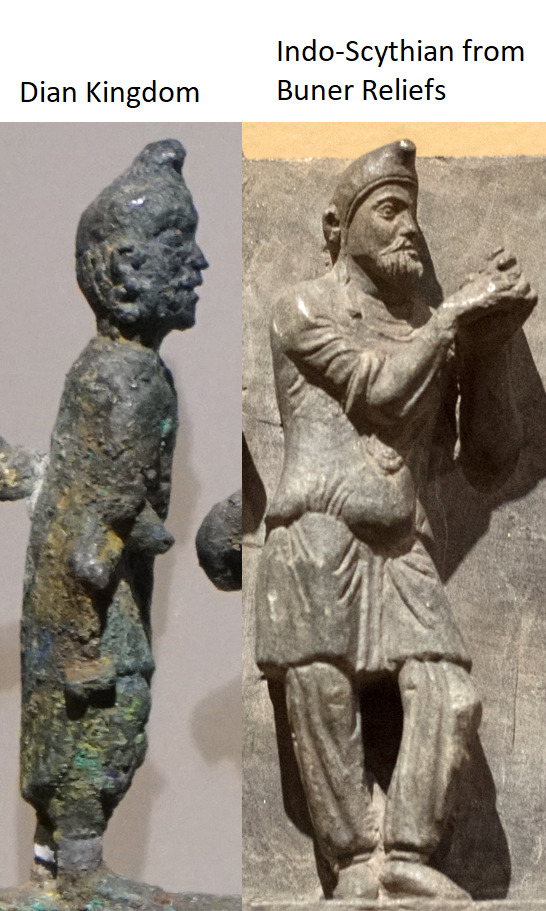


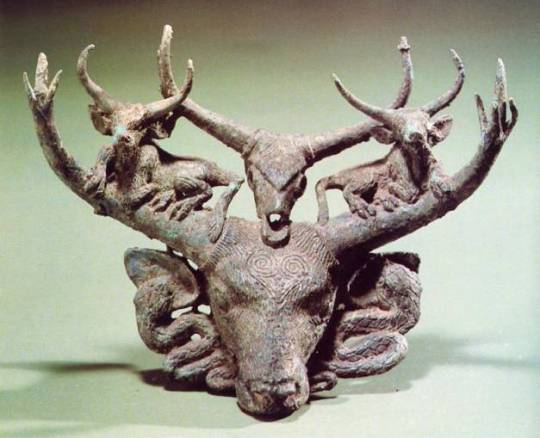
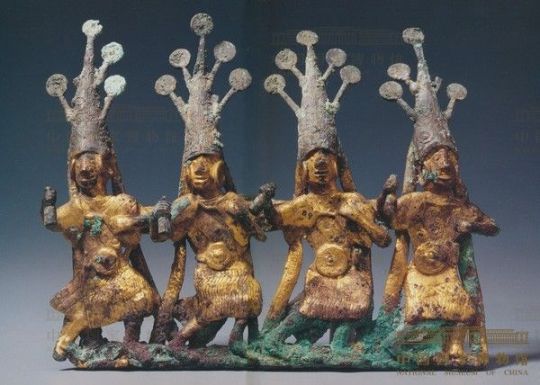

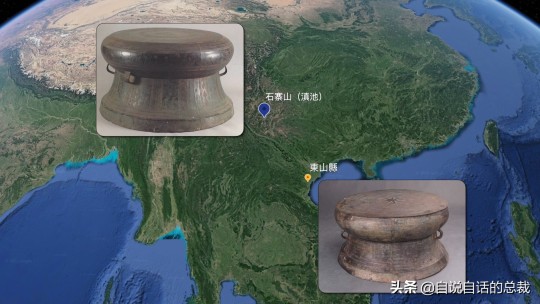
Dian Kingdom 8th-1st C. BCE. Meant to post this one a long time ago but it took me forever to put together. I'm just going to post 30 images here, I got about 100 total on my blog. Link at bottom.
The Dian Kingdom was an advanced civilization in what is modern-day southwest China. It was occupied by the Han Dynasty and incorporated into China after that. From what I've gathered, the people of the Dian Kingdom were probably closely related to the Baiyue people from southern China and northern Vietnam. Wikipedia says they may have spoke a Tibeto-Burman language. I found it interesting that some of these people look Caucasoid though and were wearing clothing similar to Scythians. The image I compared of the Dian man to the Indo-Scythian has a similar facial structure, hat, and even the same type of pants (sorry, I don't have time to tidy up the comparison photos more).
The Dian art theme of the four tigers attacking an ox is found in the same pre-Han period among the Xiongnu at Aluchaideng, and a similar motif appears at Tillya Tepe a couple centuries later. The theme is the same but the style is very different, still it indicates a connection to these places of the world through trade and exposure.
Some of the scenes with soldiers show a variety of different equipment styles and certain subjects have distinct fashion styles (like the people wearing the items that make their ears look huge). I watched a couple documentaries on genetics of the Dian and they were only able to find genetic info for one person, who was identified as similar to the Baiyue people. I'll link those youtube videos in sources below. I assume these people were primarily related to modern day Vietnamese and southern Chinese (or other people nearby) but may have had close interactions with (and even immigrants from) Scythian cultures despite their distance from them, which is interesting.
From the videos: "According to the final count, the amount of bronze ware excavated from Lijia Mountain is almost half the amount of the Shang Dynasty bronze ware excavated in Yinxu, Henan."
youtube
youtube
#ancient history#history#museums#art history#art#sculpture#statue#ancient china#china#vietnam#scythian#artifacts#antiquities#anthropology#archaeology#indo european#Youtube
265 notes
·
View notes
Text
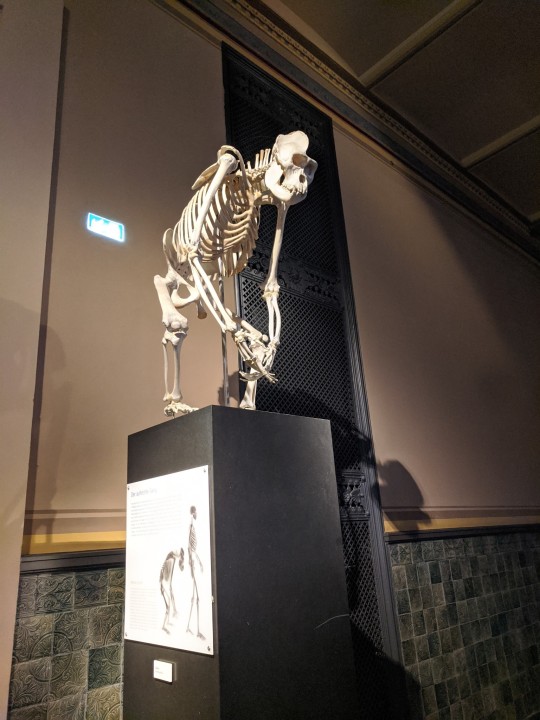
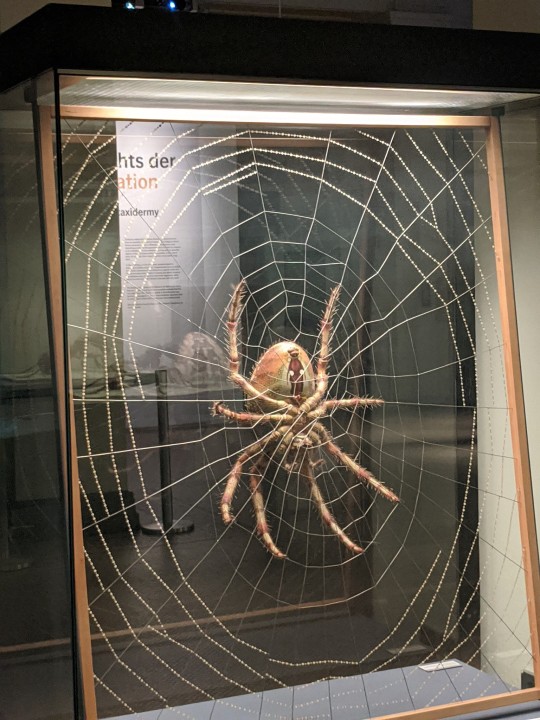


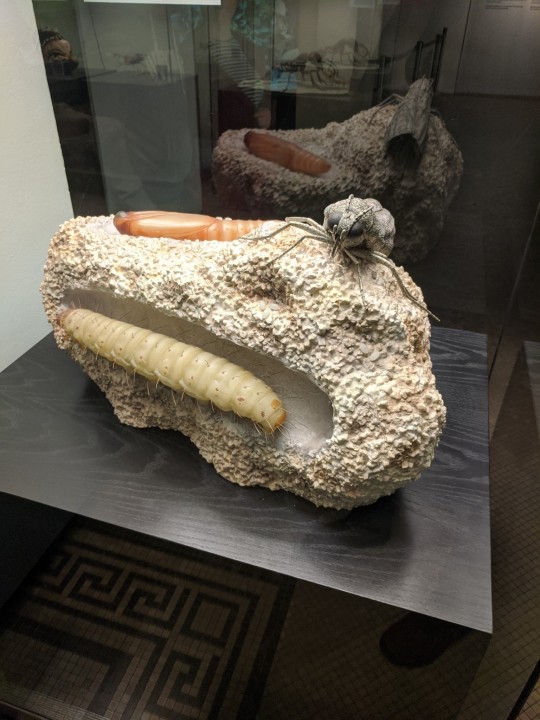


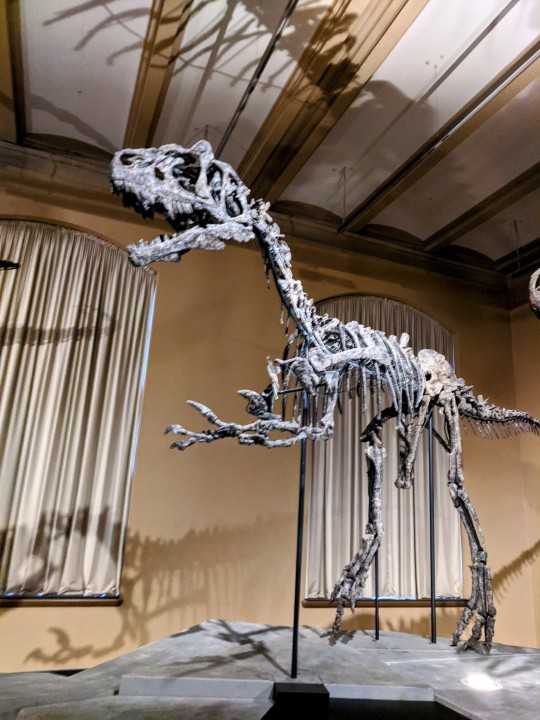
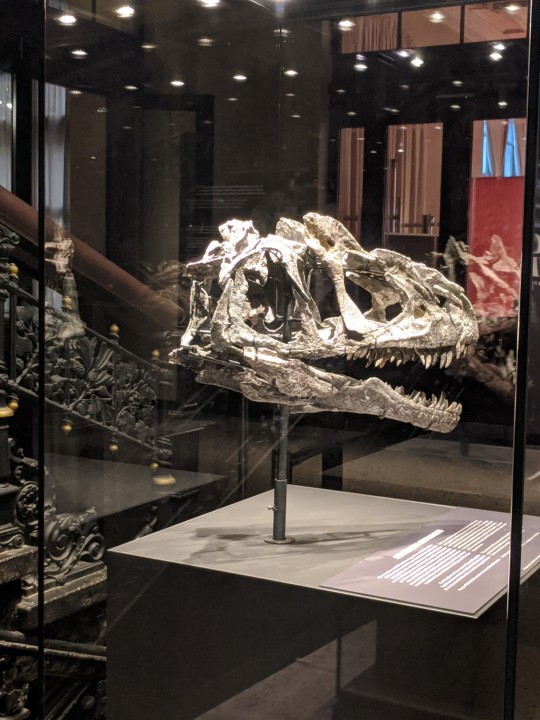

I recently went to the Museum für Naturkunde which roughly translates to Museum of Natural History in Berlin.
This was my first ever experience of seeing actual dinosaurs(or whatever remains of them)
I also got to see their least favourite reindeers, which are comets basically.
I realized I will never be tired of visiting museums (even though the moralities are always in question when it comes to museums and zoos)
Nonetheless it was a cherished experience.
#museums#berlin#dinosaur#naturkundemuseum#comets#dinosaur jokes#celestial dust#celestial objects#largest dinosaur#science#biology#anthropology#paleontology#funny
547 notes
·
View notes
Text
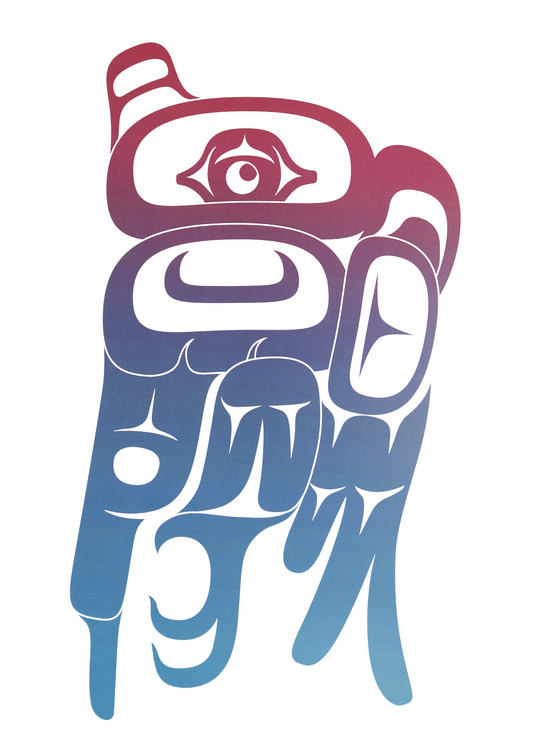
Eagle Spirit
John Velten
56 notes
·
View notes
Text

#archaeology#anthropology#archaeologist problems#sharable#holy fuck we gotta give that shit back#fuck the british museum
542 notes
·
View notes
Text







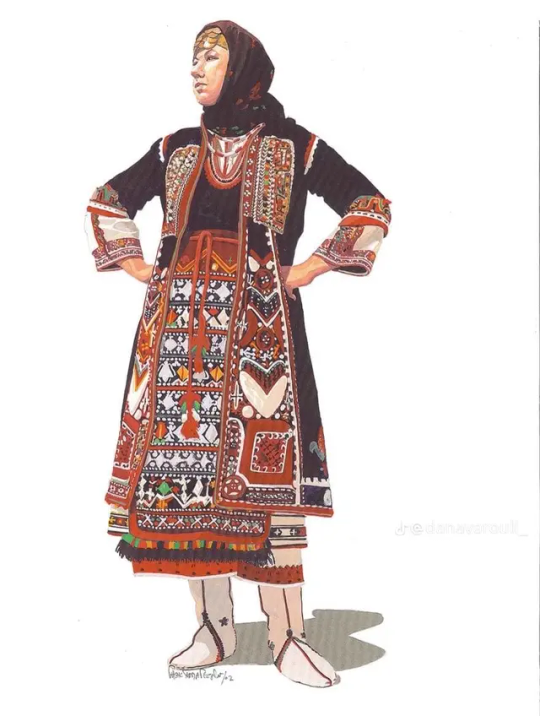
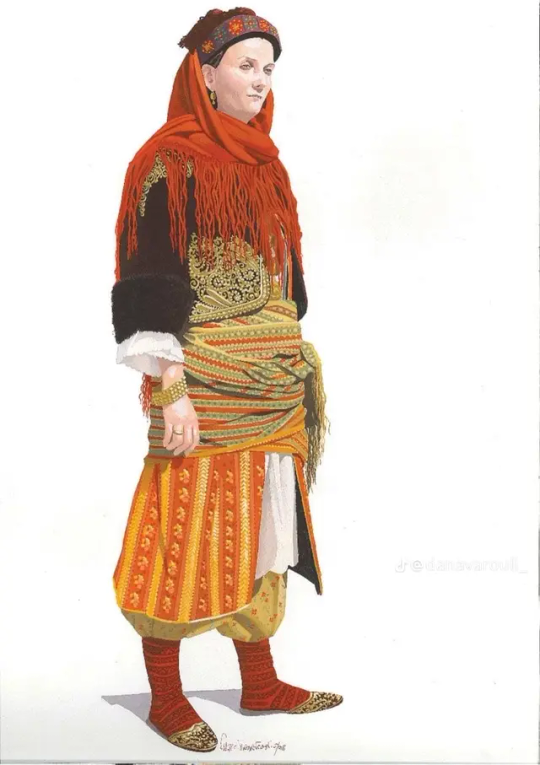
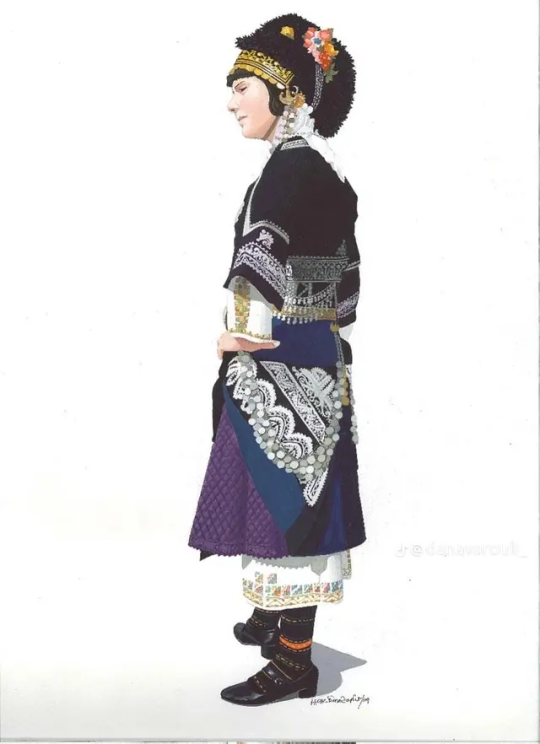
Traditional Hellenic clothing from different regions
Ήπειρος - Λιτζουριά (κεφαλόδεσμος)
Θράκη - Μεταξάδες νύφη (κεφαλόδεσμος)
Ημαθίας Αλεξάνδρειας Γιδάς (Ρουμλουκίου) (κεφαλόδεσμος)
Αιδηψός νύφη
Σκύρος
Καραγκούνα Aνατολικής Θεσσαλίας (Στεφανοβίκι)
Ορεινή Σερρών νύφη (κεφαλόδεσμος)
Θράκη - Μακρά Γέφυρα
Δωδεκάνησα - Καστελόριζο
Ημαθίας Αλεξάνδρειας Γιδάς (Ρουμλουκίου)
source
#hellas#hellenismos#hellenic#greek#hellenic traditional clothing#greek traditional clothing#greece#tradition#history#historical fashion#embroidery#museum#anthropology#culture#greek culture#greek history
205 notes
·
View notes
Text
In the 1960s, Ursula K. le Guin represented a changing of the guard in science fiction literature. She was part of a generation of novelists who questioned the colonist mindset which had influenced American sci-fi for most of the 20th century. Le Guin came to this understanding not just as a moral stance or an intellectual exercise. Issues of racism and colonialism were personal to her. This episode, originally titled "The Word For Man Is Ishi,” comes from the podcast The Last Archive from Pushkin Industries hosted by Jill Lepore and Ben Naddaff-Hafrey.
#Prologue to Ursula K. le Guin#podcast#podcasts#science fiction#imaginary worlds#The Last Archive#anthropology#genocide#books and libraries#books and reading#books and literature#museums#california#colonialism#colonization#ishi#indigenous#native american
80 notes
·
View notes
Text

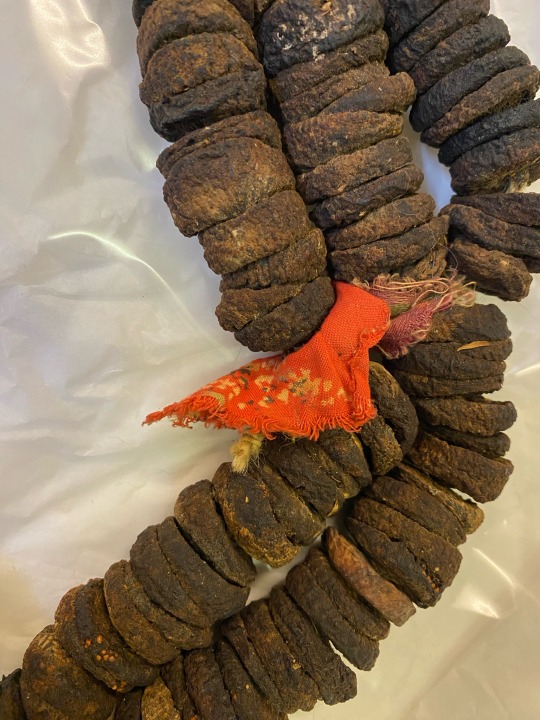
We were getting some dolls out for a visitor when we saw this curious object in the same box.
We didn’t think it looked like a doll at first, but on closer inspection it is indeed a figure. Before we tell you, can you guess what it’s made from?
Object number 19.2.58/1
The first part of the number, is also the date in which it was acquired by the museum.
Answer: Fig doll or nawakee from Kandahar, Afghanistan.
#doll#figure#curios#anthropology#museum collections#behind the scenes#rags#figs#dried figs#afganistan
84 notes
·
View notes
Text

the mortifying ordeal of admitting you do want to be loved vs. the mortifying ordeal of not wanting people to pity you or feel bad for you vs. the mortifying ordeal of wanting to reciprocate affection but being useless vs. the mortifying ordeal of being careless with others and actually feeling bad vs. the mortifying ordeal of being perceived as vulnerable at all.
67 notes
·
View notes
